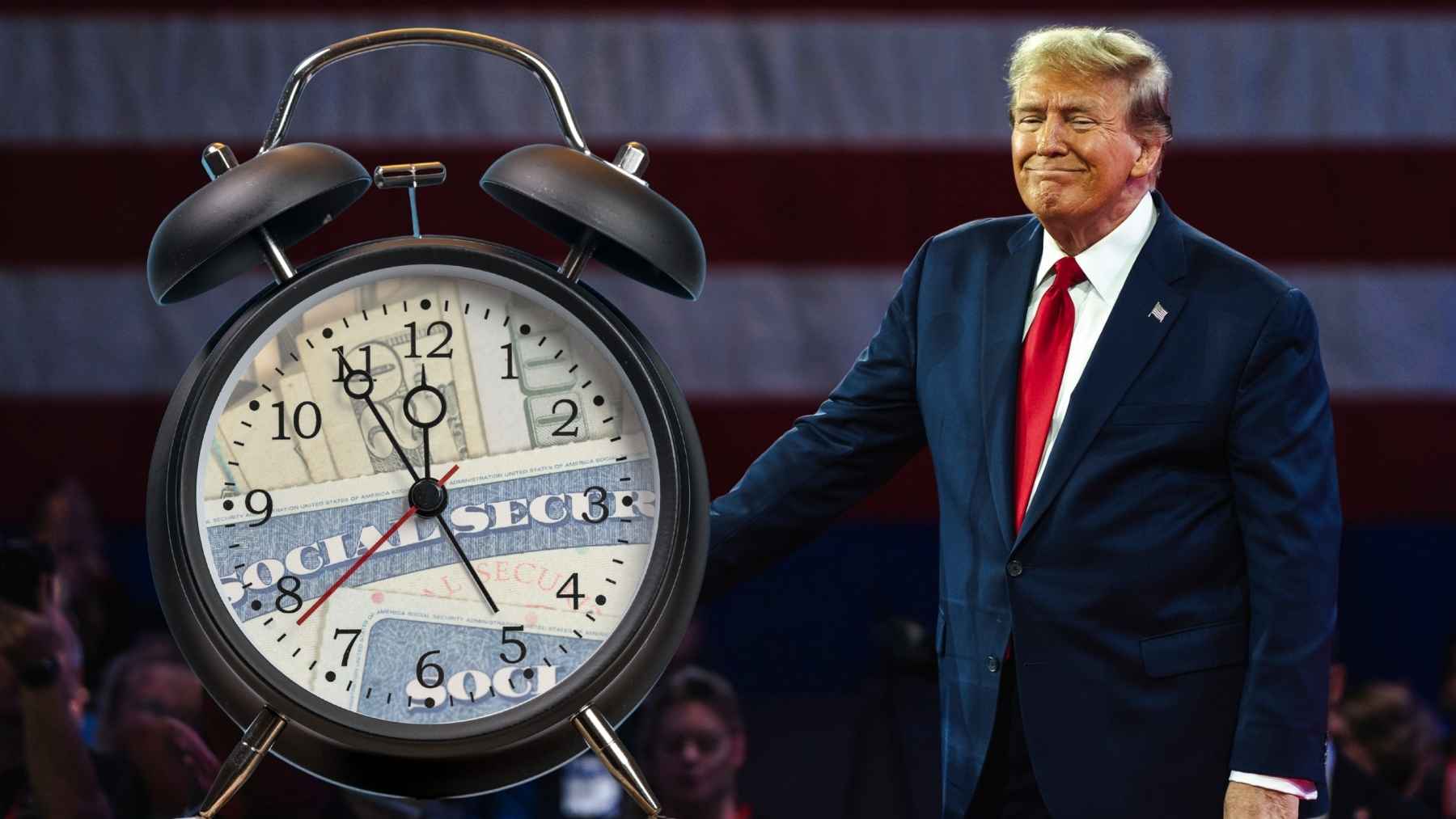In today’s day and age, most transactions occur digitally through the touch of a button, banking included. Direct deposits and other similar electronic payment forms are a far more efficient and safe method of receiving and paying out money when compared to waiting on a mailed check. In the case of Social Security benefits which are paid to some 72 million vulnerable Americans each month, the vast majority of recipients have already opted to receive their benefit payments digitally.
Now, the deadline for a recent executive order to phase out the use of paper based payments from the office of the president is approaching and a cohort of half a million or so Social Security beneficiaries will be directly impacted by this change. Here is what you need to know.
All federal payments are going digital soon
In the first quarter of the year, President Donald Trump issued an executive order stating the use of paper based payments such as checks would be phased out by September 30th, 2025. As such, according to the March 25th executive order titled, “Modernizing Payments To and From America’s Bank Account”, in lieu of paper checks, all federal payments and disbursements will be made using digital payment systems going forward.
This change is being made because the use of paper based payment methods “imposes unnecessary costs; delays; and risks of fraud, lost payments, theft, and inefficiencies,” as per the order. Furthermore, the matter of increased mail theft is also cited as an additional driving force behind this decision and the executive order notes that, “mail theft complaints have increased substantially since the COVID-19 pandemic. Historically, Department of the Treasury checks are 16 times more likely to be reported lost or stolen, returned undeliverable, or altered than an electronic funds transfer (EFT).”
Subsequently, as of September 30th, all non-digital payment methods will be transitioned into one of the following digital payment methods:
(i) direct deposits;
(ii) debit and credit card payments;
(iii) digital wallets and real-time payment systems; and
(iv) other modern electronic payment options.
Impact on Social Security beneficiaries
According to data from the Social Security Administration (SSA), 99% of Social Security recipients already receive their monthly benefits via direct deposit — making the percentage of beneficiaries who receive paper checks seems rather minuscule. However, 1% of 72 million people is still a rather significant figure and it amounts to around 500,000 individuals, who are more likely than not to be especially vulnerable.
Social Security beneficiaries consists of senior citizens, disabled individuals, and survivors. For some of these individuals, making the change from mailed paper checks to direct deposits or other digital payment methods could prove to be a source of difficulty for them. For instance, the are some individuals who are unbanked or others who do not have access to banking services due to a lack of internet access or living a significant distance away from the nearest bank branch. “In 2023, 4.2% of U.S. households—about 5.6 million households— were unbanked,” as per data from the Federal Deposit Insurance Corporation (FDIC).
As such, the executive order does also note that exceptions will be made for individuals who are unable to make the change due to electronic payments being deemed unfeasible. The order states that exceptions will be made in the following circumstances:
(i) individuals who do not have access to banking services or electronic payment systems;
(ii) certain emergency payments where electronic disbursement would cause undue hardship, as contemplated in 31 C.F.R. Part 208;
(iii) national security- or law enforcement-related activities where non-EFT transactions are necessary or desirable; and
(iv) other circumstances as determined by the Secretary of the Treasury, as reflected in regulations or other guidance.
As mentioned above, September 30th is the deadline before all payments transition to a digital payment systems in pursuit of furthering operational efficiency.

